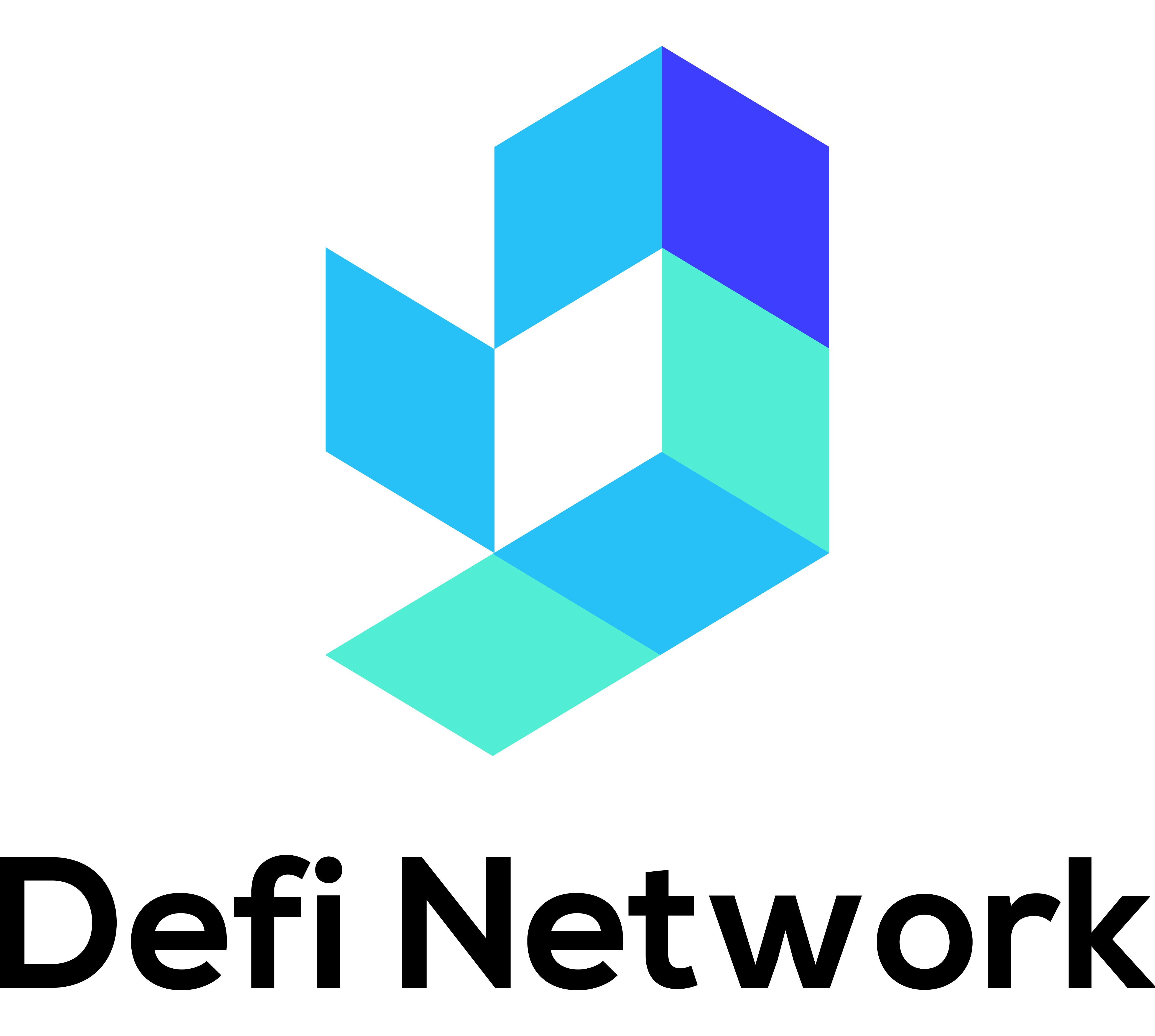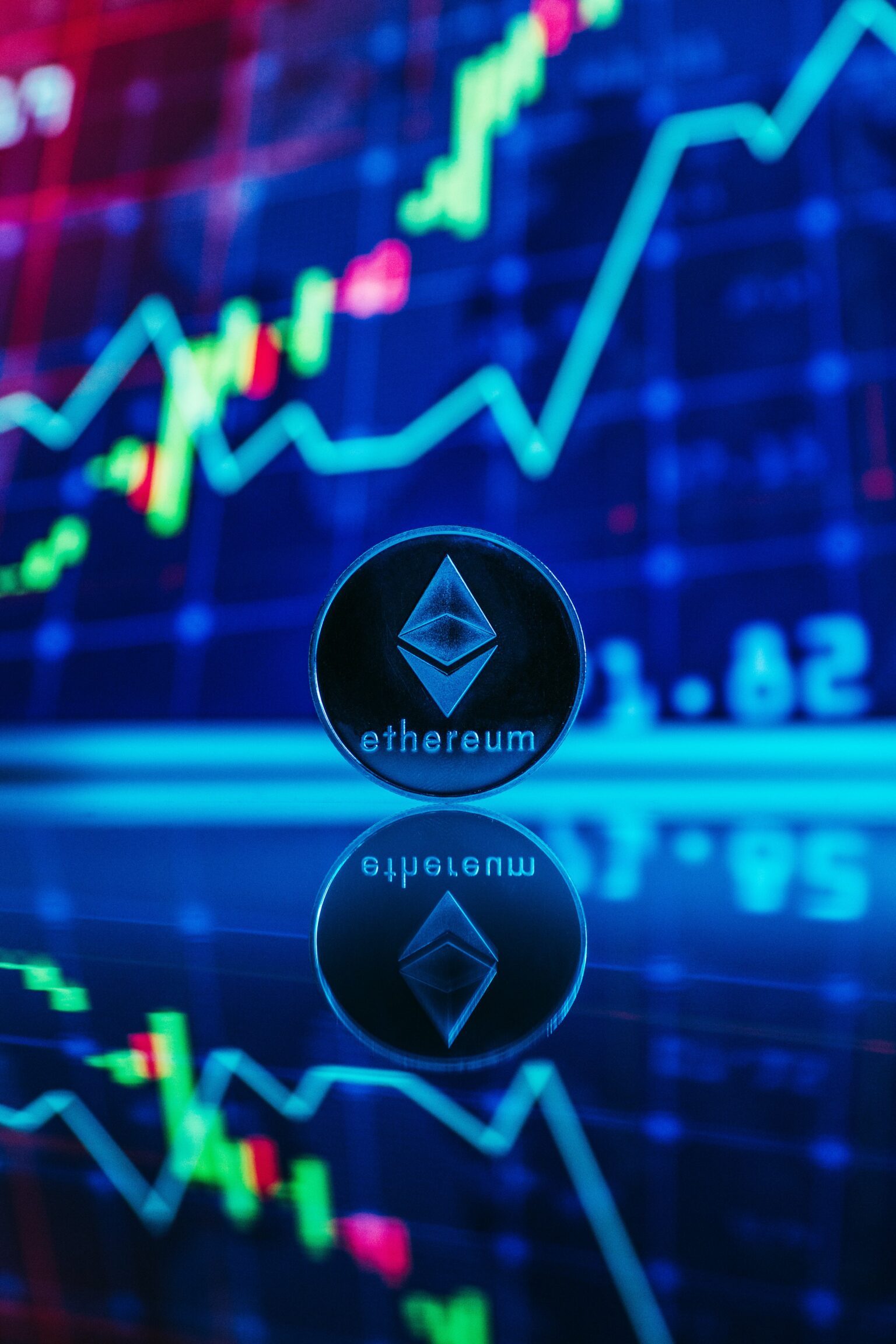The Ethereum blockchain has been making headlines recently, settling an impressive $250 billion worth of transactions in just one week. This surge in activity, the highest since mid-March, has reignited the bullish outlook for Ethereum’s native cryptocurrency, Ether (ETH). In this article, we will explore the factors behind this resurgence, the impact on ETH’s price, and the implications for the broader crypto market.
The Ethereum Ecosystem Reawakens
Markus Thielen, the research head of Matrixport, noted in a recent report that Ethereum’s revival is more than just a passing trend. According to him, “Revenues for the Ethereum ecosystem are bottoming out from depressed levels; this could signal a tradeable bottom for ETH.” Thielen’s optimism is grounded in the recent increase in Ethereum’s weekly revenue, primarily generated from network transaction fees, known as “gas.”
Data from Token Terminal reveals that Ethereum’s weekly revenue has surged above $30 million for two consecutive weeks, a significant leap from the yearly low of $12 million recorded in early October. Thielen goes as far as to suggest that as long as weekly Ethereum fees remain above the $30 million mark, we could see Ether reaching a price target of $3,000, based on technical chart patterns.
This bullish sentiment marks a significant shift from Thielen’s bearish outlook on ETH just a month prior, where he expressed concerns about deteriorating network revenues and user activity. During this period, Ether had dipped to a seven-month low, and its relative valuation against Bitcoin (BTC) had hit a 15-month low.
However, since then, Ethereum has rebounded impressively, with Ether currently trading at around $1,870.
Capital Rotation and Ethereum’s Role
One of the key catalysts behind Ethereum’s resurgence is the phenomenon of capital rotation from Bitcoin to altcoins. This shift has spurred increased user activity on the Ethereum network, which serves as the foundation for numerous decentralized finance (DeFi) protocols and decentralized exchanges (DEXs).
IntoTheBlock, a blockchain data analytics platform, points out that Ethereum settled an astounding $250 billion worth of asset transfers in a single week. This is the highest value of transfers since the mid-March regional banking crisis, and a remarkable increase from the $105 billion recorded in late August.
But what sets Ethereum apart is the recent shift in its supply dynamics. Blockchain data indicates that more Ether was burned in the past week than was added to its supply. This pivotal shift has transformed the cryptocurrency into a deflationary asset after two months of being inflationary.
The Optimistic Outlook
Lucas Outumuro, research head at IntoTheBlock, believes that the rising on-chain activity on Ethereum is a strong signal that the fundamentals of the entire crypto market are on the upswing. As Ethereum’s ecosystem continues to expand and thrive, it underlines the growing significance of the blockchain beyond just a cryptocurrency platform. It is becoming a cornerstone of DeFi and a hub for decentralized exchanges.
In conclusion, Ethereum’s recent surge in activity and the shift towards deflationary dynamics for Ether are pivotal developments. As long as the network maintains its robust transaction fees and capital continues to flow into Ethereum’s vibrant ecosystem, the bullish outlook for ETH remains strong. With the crypto market in a state of constant flux, Ethereum is proving its resilience and ability to adapt, solidifying its position as a leader in the world of blockchain technology.
The road ahead for Ethereum seems promising, and investors and enthusiasts alike will be watching closely to see how this resurgence unfolds in the coming months.




